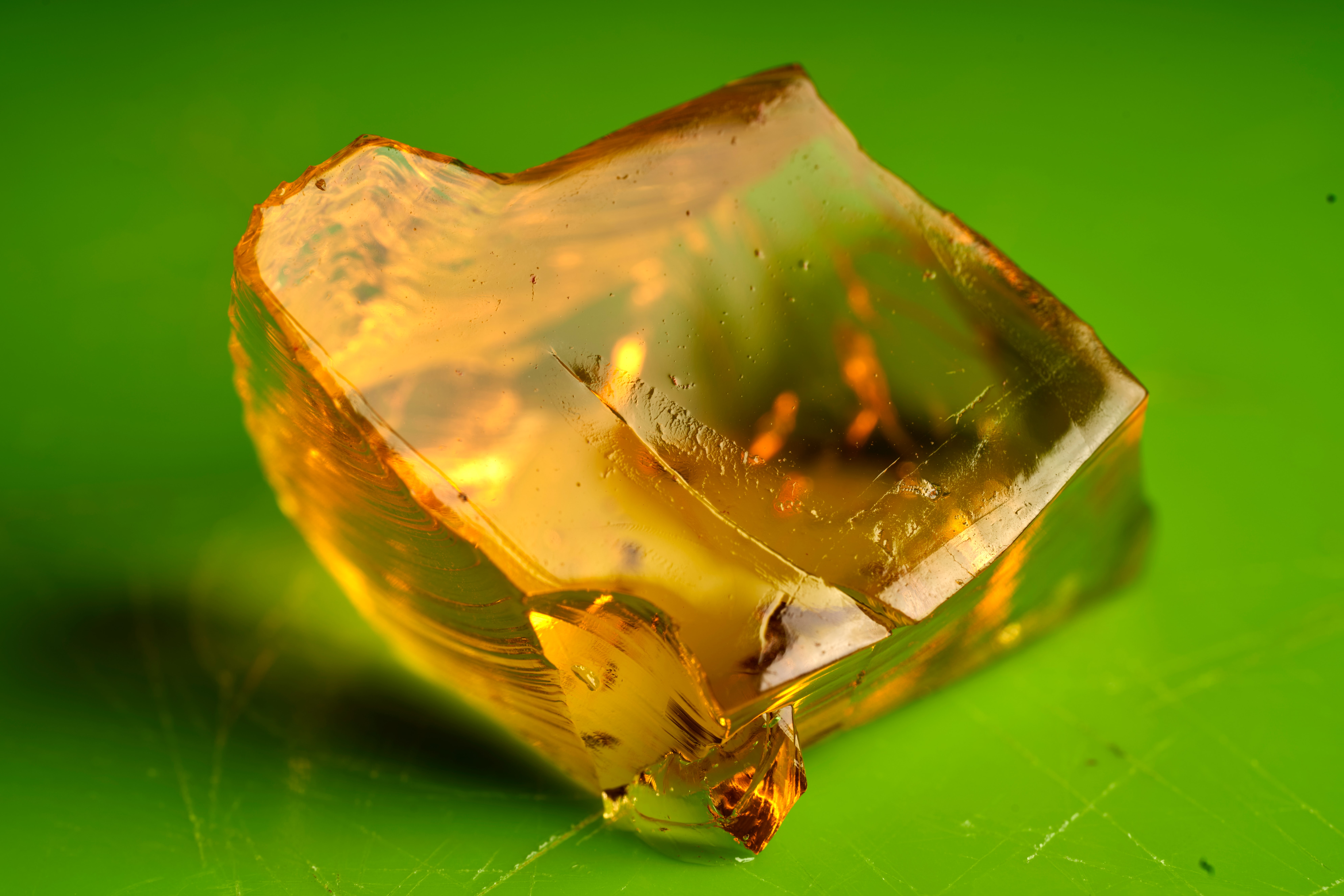World's oldest reproductive junk found in amber trunk
Embargoed until:
Publicly released:
2020-09-16 09:01
An international research team has found the oldest ever sample of animal sperm, which predates previous records by 50 million years. The specimen of "giant" sperm, from the marine species ostracod, was preserved in a piece of amber in Myanmar and is roughly 100 million years old. The findings suggest that the unique reproductive features of these animals have remained unchanged for millions of years. This specimens is approximately 50-million year older than the two fossils of animal sperm previously considered the oldest,one from an unknown source found in amber in France, and a second embedded in an Antarctic segmented worm cocoon. It is also 83 million years older than the previous record for ostracod sperm, which was found at Riversleigh, in Australia
Journal/conference: Proceedings of the Royal Society B: Biological Sciences
Link to research (DOI): 10.1098/rspb.2020.1661
Organisation/s: Nanjing Institute of Geology and Palaeontology, China
Funder: This research was supported by the Strategic Priority Research Program of the Chinese Academy of Sciences (XDB26000000), the Second Tibetan Plateau Scientific Expedition and Research
(2019QZKK0706) and the National Natural Science Foundation of China (41688103).
Media release
From: The Royal Society
The bivalved crustacean ostracods have the richest fossil record of any arthropod group and display complex reproductive strategies contributing to their evolutionary success. Sexual reproduction involving giant sperm is shared by three superfamilies of living ostracods and is thought to have evolved only once, implying an ancient origin for this trait, but fossil preservation of such features is extremely rare. Here, we report exceptionally preserved ostracods with soft parts (appendages and reproductive organs) in a single piece of mid-Cretaceous amber, revealing male sperm pumps and giant sperm in a genus with close affinities to living taxa, demonstrating a sexual reproductive trait remarkably conserved over 100 million years. These results also double the age of the oldest unequivocal fossil animal sperm.
Attachments:
Note: Not all attachments are visible to the general public
-
The Royal Society
Web page


